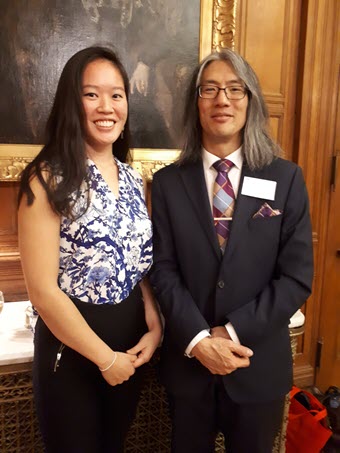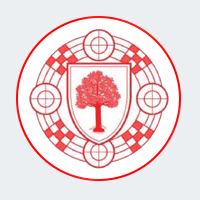 As a future health care professional, I often think to myself, How will I help patients as best as possible? It never occurred to me that our contribution as physiotherapists can be more than simply providing one-on-one or hands-on assessment, education and treatment. I have recently learned that we can go further, and help, by working with other disciplines such as engineering. Together, we can create assistive devices to meet the needs of the patients we treat.
As a future health care professional, I often think to myself, How will I help patients as best as possible? It never occurred to me that our contribution as physiotherapists can be more than simply providing one-on-one or hands-on assessment, education and treatment. I have recently learned that we can go further, and help, by working with other disciplines such as engineering. Together, we can create assistive devices to meet the needs of the patients we treat.
I first learned of our greater role with disability through technology when Dr. Stefanie Blain-Moraes presented the topic in one of my undergraduate classes. She spoke of the rewards and barriers of working on assistive devices. I was captivated by how she spoke of challenging our perception of disability and encouraging us to think outside the box. I was hooked. In our classes, we got to design our own assistive design in collaboration with a client.
This year, Dr. Tom Chau was the School’s Edith Aston-McCrimmon Lecturer. He presented his innovative research on designing devices for children who are unable to communicate in conventional ways. The children, trapped in their bodies have no means of expressing themselves. Needless to say this affects their socialization and overall development.
Dr. Chau’s team has developed many communication devices that detect muscle activation, brain activity or vibrations of the vocal cords. His presentation incorporated clips of children overjoyed when they communicated for the first time with these devices and of the parents’ emotional response. I was deeply moved and may or may not have had tears at the corner of my eyes. I hope to have such an impact on my future patients and their families.
One of the main challenges that Dr. Chau underlines while designing technology is the wide range of the children’s diseases and conditions. With so many individual situations, each with their own unique conditions and experiences, no one device can solve all problems; there is always room to imagine and create new devices.
So, what can we do going forward? As Dr. Chau conveyed: challenge the status quo, include interdisciplinary teams, and embrace the diversity of your team’s perspectives. It is through innovation, looking for the new and the valuable that we can achieve great things. There are so many people who need our help, dream big. Even though we never fulfill all the needs in this world, we must endeavor to do as much as we can. And even through the failures, there will be success stories that will make it all worth it.
I would like to thank Dr. Chau’s contribution to giving a voice to the children who do not have one. I too hope to contribute positively to the lives of my future patients and their families.
Vi Ma
Physical Therapy Master’s Student
This post was written as part of the Design of Assistive Technologies POTH 625D, where students are given the opportunity to write about their course experiences.

